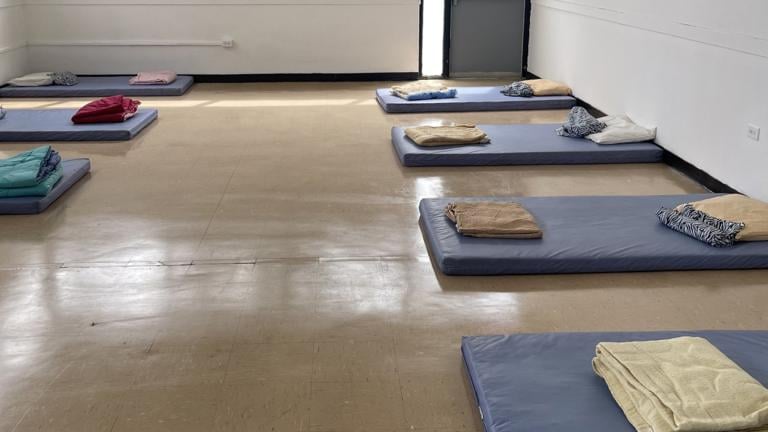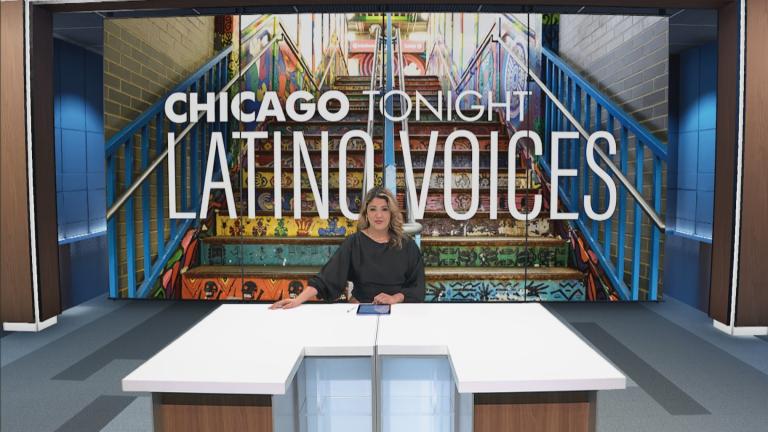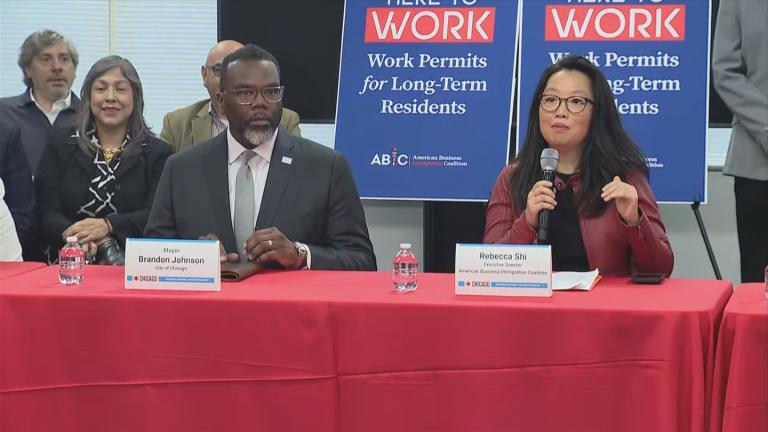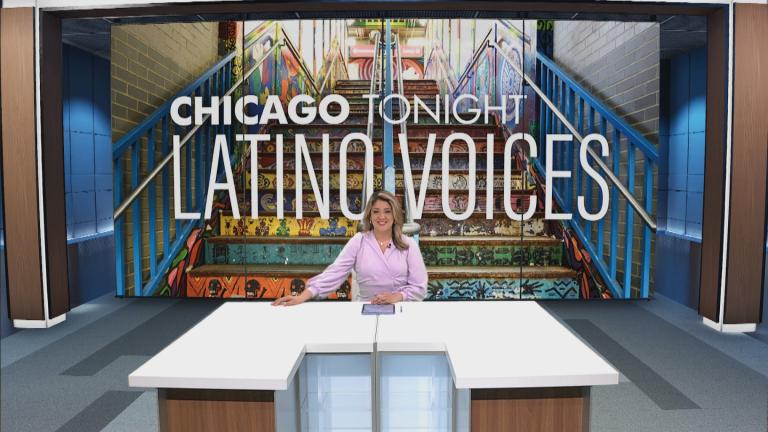The Kennedy Expressway construction project that kicked off earlier this year had an unexpected effect on some of the 35th Ward’s unhoused residents: the scope of the work endangered those living in viaducts under the expressway. But with just a few weeks’ notice, community organizations and leaders said they were able to move the majority of those residents into temporary housing and get some on track to permanent housing.
Ald. Carlos Ramirez-Rosa (35th Ward) said the largest encampment at Belmont and Kedzie avenues has been in existence for some time. Initially, the Illinois Department of Transportation said the encampment would not be impacted by the construction and that no action was necessary on their part.
“When IDOT told us that the encampment was not going to be impacted, we said, alright, well, we’re going to continue to build relationships, we’re going to continue to connect people with resources,” Ramirez-Rosa said. “But it was last month that IDOT came and told us, actually, everyone’s got to move, and that’s when we started calling on the state of Illinois and others to help us find housing as soon as possible.”
Chicago Coalition for the Homeless street outreach organizer Ali Simmons said that’s when his organization and other advocacy groups became involved.
“IDOT reached out to us via email and wanted to have a large meeting with us and other individuals from DFSS, and they were informing us about the construction work that’s ready to take place and they wanted us to do outreach to individuals living in the construction zone and notify them of the construction and the fact that they were going to have to move from that area,” Simmons said. “And so CCH, along with DFSS and other individuals, we kind of like advocated, we pushed back, said that it wasn’t sufficient enough time for us to go out and engage with these individuals, find other places for them to go. So we asked IDOT go back to some of its partners and see if they can come up with resources so that we can house these individuals.”
According to Ramirez-Rosa’s office, $500,000 was made available to help move those residents into temporary housing as well as put them on the road to permanent housing and wraparound supports.
Similarly, Fireman’s Park at Milwaukee and Diversey avenues was the site in 2021 of an encampment that is now cleared.
“Not everybody has found permanent housing yet of those people,” Ramirez-Rosa said. “ … In some instances when people learn that there’s going to be a sweep, they just get up and leave, which is not what we want. We want people to stay where they’re at so we can meet them, so we can talk to them, so we can build that relationship and help them. But in some instances, people, when they do hear that the city is coming out, they think, ‘Oh my gosh, there’s gonna be a sweep. Let me just move, let me get out of here.’ In other instances, people move to another state or in some instances, they just disappear. We just, we don’t know where they went. But we do know that the majority of people that we made contact with as a result of this need to relocate people to keep people safe from the construction that’s happening at the Kennedy were connected into shelter and are on path to get housed.”
Simmons said he believes if the Bring Chicago Home ordinance were enacted, communities across the city could see equally swift action.
“We’ve been pushing several administrations trying to get it into place and that right there alone, it seeks to create a dedicated stream of money by which we can address homelessness,” Simmons said. “So that right there in itself will allow us to do a lot in terms of connecting folks to housing and other resources that they need to stay housed.”
Ramirez-Rosa reiterated his support for the proposal.
“We need to pass the Bring Chicago Home proposal, which would raise the real estate transfer tax,” Ramirez-Rosa said. “The limited success that we have here, and I say limited because this should be the bare minimum of how government works, right? We should just come to expect this. But what we were able to accomplish here was because we got $500,000 from the state, and we need more. That’s why we need more resources.”








